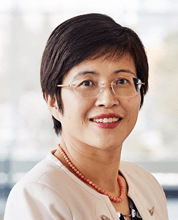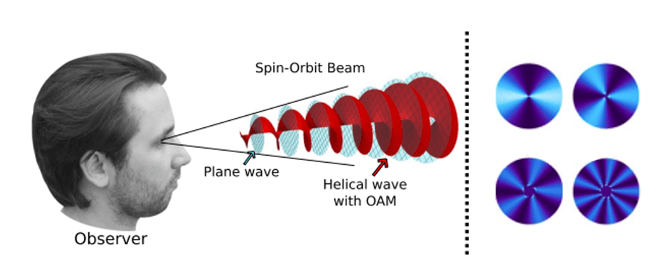As the demand for digital services grows, so does the need for data centres and transmission networks. Unfortunately, these data systems consume vast amounts of energy, resulting in nearly 1% of all energy-related greenhouse gas emissions. This project aims to invent novel quantum devices for highly energy-efficient computing that may help reduce the global digital carbon footprint. Tellurium (Te)-based devices will be gated through antiferroelectric (AFE) stacks to form a multi-valued-logic quantum device. A tapered Te region will be used as the active material of the developed transistors. This proposed architecture can rely on quantum tunnelling effects to minimize energy consumption per transition while circumventing the limitations of the classical field-effect transistors. The AFE layer can transform binary logic switches into ternary logic devices, allowing fewer transistors to perform the same function and reduce overall power consumption. The researchers will first develop, calibrate, and validate an AFE model and use the model to investigate the characteristics of AFE capacitors. The electronic states and materials parameters of Te will also be explored. Next, a new simulation tool will be developed to study the physics related to the proposed devices and the optimal device structure will be proposed for a prototype. The modelling results will be further validated and calibrated against experiments, allowing the device to be updated iteratively for further optimization. The quantum simulation tool and prototype ternary devices will not only help build ultra-low-power electronics for sustainable computing but will also elevate our knowledge in material science, quantum physics, and electronics.

Figure 1. (a) Tellurium crystal structure with unique helical chains for the active channel material of the device. (b) A double hysteresis loop in the polarization vs. electric field characteristic of antiferroelectric thin film for multi-valued-logic operation.
Related Content
Novel Superconducting Qubits for Error-Corrected Processors
Summary In this project, we develop novel superconducting qubits for error-corrected processors to enable large-scale quantum computing. Our design efforts will specifically target error-corrected architectures through a variety of paths. Possible features will include built-in parity measurements and the use of bosonic codes, such as Fock state and Cat codes, as our starting focus. Early […]
June 26, 2019

Repurposing potential drug candidates for the treatment of COVID-19
Summary The main protease (Mpro) in severe acute respiratory syndrome coronavirus 2 (SARS-CoV-2), the virus responsible for the coronavirus disease (COVID-19), has emerged as a promising drug target. The scientific community has produced a large number of crystallographic structures of the protease, which mediates viral replication and transcription. These structures report several fragments with varied chemotypes […]
May 6, 2020

Micro-Supercapacitors Based on Termination Optimized MXene Quantum Dots with Ultra-High Rate Capability and Fast Frequency Response
Micro-supercapacitors (MCs) are miniaturized energy storage devices that can enhance the performance of wearable health devices, medical implants, wireless sensors, and micro-electromechanical systems due to their fast frequency response, long life cycle, and vast temperature operation. However, to make these MC systems into commercially feasible products, necessary improvements to current MC performance are necessary, primarily […]
June 12, 2023

Structured Light Applications in Vision Science
Eye diseases such as macular degeneration can have a devastating impact on quality of life. Early detection and treatment are thus crucial for preventing irreversible vision loss. A previous study found that the human eye can detect differences in ‘structured’ light beams. Such light beams are composed of a coherent superposition of differently polarized planar […]
April 24, 2023

